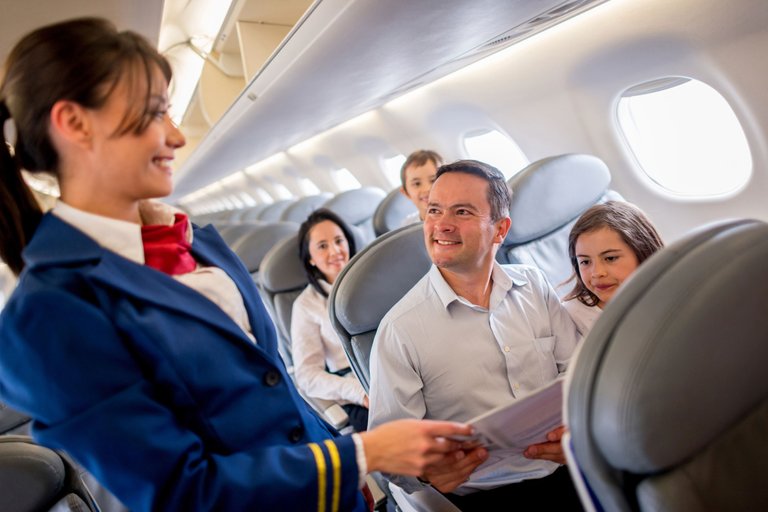Did you ever notice waking up with a sudden cold the day after a flight? Aircraft environment are well-known for the transmission of contagious, possibly dangerous, infections. In a research published in PNAS journal, dozens of inflight transmissions of serious diseases especially airborne infections, have been documented. With billions of passengers travelling annually (and numbers are still growing at present), inflight transmission has become a global health issue (Vicki Stover Hertzberg, 2018).
How We Can Stop Planes From Becoming Total Cesspools of Infection
Having a lot of people from different countries into an airtight and relatively contained space of a flying tin can that recycles the air within it, and you end up with got a pretty good petri dish for a cesspool of microbes. Though there are efficient air filters installed that more or less traps pathogens such as bacteria, fungi and viruses, these filters are only efficient up to 50% of the time and don’t cover the prolonged close contact with each passenger that increases the chances of transmission.
So how do we prevent these risks?
Have a boarding strategy
"There is direct evidence for the spread of infection within commercial airplanes for many infectious diseases including influenza, SARS, tuberculosis, measles, and norovirus." (Sirish Namilae, 2017). The research team of Namilae concluded that the best way, according to the data, is to split the plane into only two sections and then randomly board the passengers within these - this drops the infection risk to 40% as opposed to the 67% risk if we use the classic three-section strategy. But plane size does have an effect too. The researchers found that smaller planes - with fewer than 150 seats - are better at reducing infection rates, as there are fewer passengers present, less time spent getting to your seat, and a smaller radius for the diseased person to spread their germs.
Keep your hands sanitized. (Thus, small hand sanitizers are very handy during travel)
Another group of researchers led by Hertzberg noted that in terms of how germs are transmitted, the trajectory of infection overall seems to be fairly steady. Around 40% of passengers never leave their seats, another 40% get up once during the flight, and 20% get up two or more times. Obviously, the people seated the closest to a coughing and sneezing individual are the most likely to catch the stray germs.
Other major sources for germs are actually the surfaces that we come into contact with all the time when aboard a plane. Examples are tray tables, seatbelt buckles, and bathroom door handles. This is where the role of cabin crew come in in terms of transmission. The most danger may actually come from them, who move around more often. Among others, they come into prolonged contact with more passengers, handle the drinks and trays, and even help you reach out the overhead bins for your luggages.
The danger of direct/indirect contact transmission can be minimized if everyone, passengers and crews, exercise hand hygiene and keep their hands away from their nose and eyes. So, bringing hand sanitizer and wet wipes in your hand carry or giving that tray a quick clean before setting your favorite new book on it might be a good habit. You are in a closed environment with over 200 strangers, after all.





This is a great post because EVERYONE gets sick after traveling! We all could use a few ways to avoid it next time we get on a plane! :)